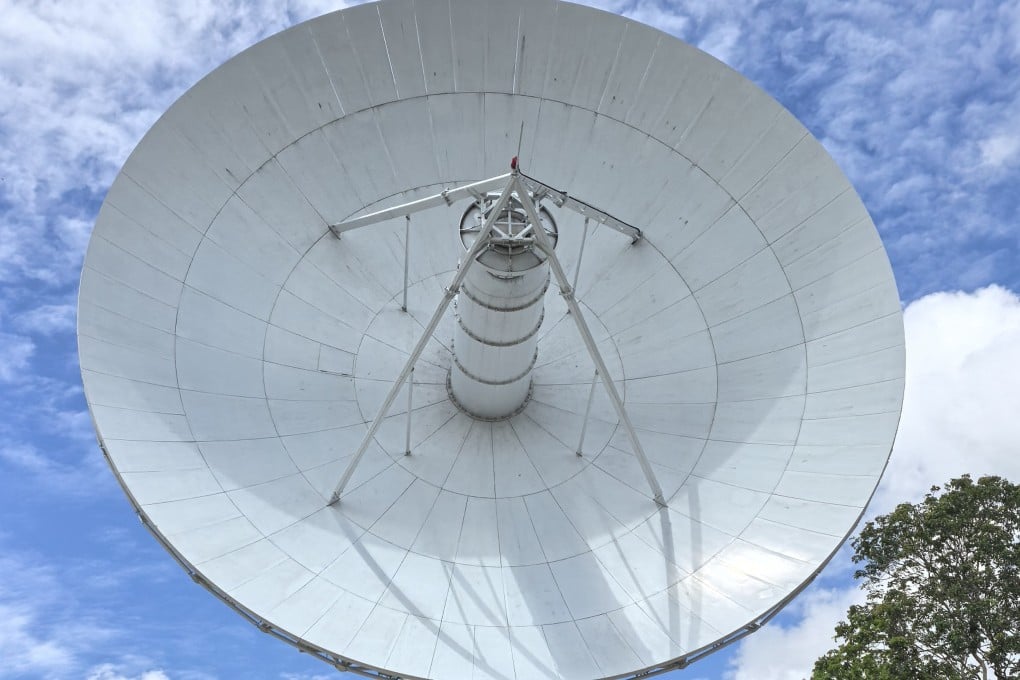China doubles down on building telescopes in Thailand to monitor Earth using space signals
13-metre Chiang Mai radio antenna and another being built in southern Thailand expected to aid GPS, climate research and quake forecasting

The 13-metre (43-foot) radio antenna, jointly developed by the Shanghai Astronomical Observatory and the National Astronomical Research Institute of Thailand, was officially inaugurated in Chiang Mai on May 16, according to the observatory’s WeChat account.
Together with a second telescope under construction in Songkhla, southern Thailand, the station will enhance deep-space tracking and high-precision Earth monitoring, contributing to more accurate GPS, climate research and earthquake forecasting.
Ding Chibiao, vice-president of the Chinese Academy of Sciences, described the Chiang Mai telescope as “a role model of scientific cooperation between China and Thailand”. During the inauguration ceremony, he said its launch held special significance as the two countries marked the 50th anniversary of diplomatic relations.
Supachai Pathumnakul, permanent secretary of Thailand’s higher education and science ministry, said the telescope reflected the growing scientific partnership between the two nations and would deliver high quality data for global research efforts.
By April, it had completed a full 24-hour observation session – including enhanced measurements of Earth’s rotation – as part of a network of similar Chinese telescopes. The data met the expected precision benchmarks.
